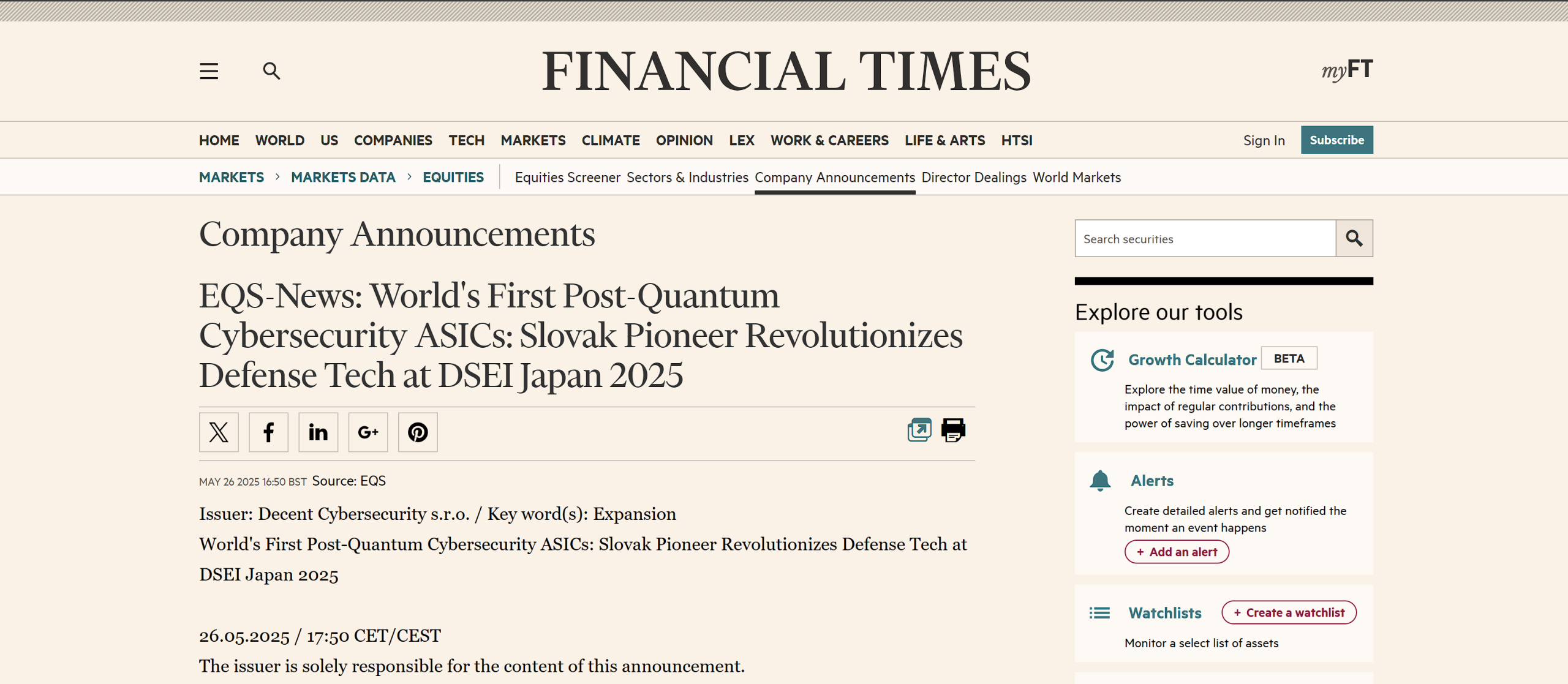In the realm of air traffic management, the Automatic Dependent Surveillance-Broadcast (ADS-B) systems are pivotal for safety and efficiency. However, challenges like data integrity and security remain central concerns. Blockchain technology, with its immutable ledger, decentralized architecture, and cryptographic security, offers compelling solutions. This article delves into the transformative potential of integrating blockchain with ADS-B systems, illustrating how this integration can reshape air traffic management.
Introduction
Automatic Dependent Surveillance-Broadcast (ADS-B) systems are instrumental in modern air traffic management, providing real-time data on aircraft location and velocity to air traffic controllers and other aircraft. Despite its advantages, the ADS-B system’s reliance on open, unencrypted signals raises concerns about data integrity and vulnerability to spoofing and other cyber-attacks. Blockchain technology, recognized for its robust security and decentralized structure, emerges as a solution to fortify the ADS-B systems against these vulnerabilities.
Enhancing Data Integrity
Blockchain’s application in ADS-B systems ensures the authenticity and accuracy of the data transmitted. For instance, consider a blockchain-based ADS-B system implemented at a busy airport. Each aircraft’s position and flight data, once recorded on the blockchain, become part of an unchangeable ledger. This practice significantly reduces the risk of false data injection, ensuring that air traffic controllers make decisions based on accurate, tamper-proof information. This enhancement in data integrity is crucial, especially in high-traffic airspace, where precise data is vital for maintaining safe distances between aircraft.
Security Enhancement
The decentralized nature of blockchain inherently protects ADS-B systems from centralized cyber-attacks. In a blockchain-based ADS-B system, an attack on a single node would not compromise the entire system, ensuring continuous and reliable data transmission. Moreover, blockchain’s cryptographic algorithms ensure that data transmissions between aircraft and ground stations are secure and impervious to unauthorized interception or alteration. This heightened security is critical in scenarios where secure communication can mean the difference between safety and disaster.
Data Sharing and Privacy
Blockchain facilitates controlled and transparent data sharing, maintaining the confidentiality of sensitive ADS-B data. For example, in multinational airspaces where multiple countries’ air traffic control systems interact, blockchain can enforce data access rules through smart contracts. These contracts ensure that each party accesses only the data it is authorized to see, maintaining operational transparency while protecting each nation’s airspace data privacy.
Operational Efficiency
By automating the validation of ADS-B data through smart contracts, blockchain technology minimizes the need for manual data verification. This automation not only speeds up data processing but also enhances the accuracy of air traffic management decisions. For instance, in complex airport environments where quick decision-making is critical, blockchain can ensure that the data controllers rely on is not only real-time but also verified and reliable, leading to more efficient airspace management and reduced chances of human error.
Challenges and Considerations
Despite its potential, integrating blockchain with ADS-B systems is not without challenges. Issues such as the scalability of blockchain networks, the latency in data throughput, and the energy consumption of consensus mechanisms need careful consideration and innovative solutions. For example, choosing or designing a blockchain architecture that balances security with performance is crucial for the practical implementation of a blockchain-based ADS-B system.
Conclusion
Integrating blockchain technology with ADS-B systems presents a forward-looking approach to air traffic management. By leveraging blockchain’s strengths in ensuring data integrity, enhancing security, facilitating controlled data sharing, and improving operational efficiency, the aviation industry can address the inherent challenges of traditional ADS-B systems. As the sector continues to advance, adopting blockchain in ADS-B systems can significantly contribute to the safety, efficiency, and reliability of global air traffic management, paving the way for a new era in aviation safety and operational excellence.







